Lead Acid Vs Lithium Ion Battery Ebike: Which one is best ?
The differences between Lead Acid and Lithium Ion batteries on your Ebikes will be quite evident.
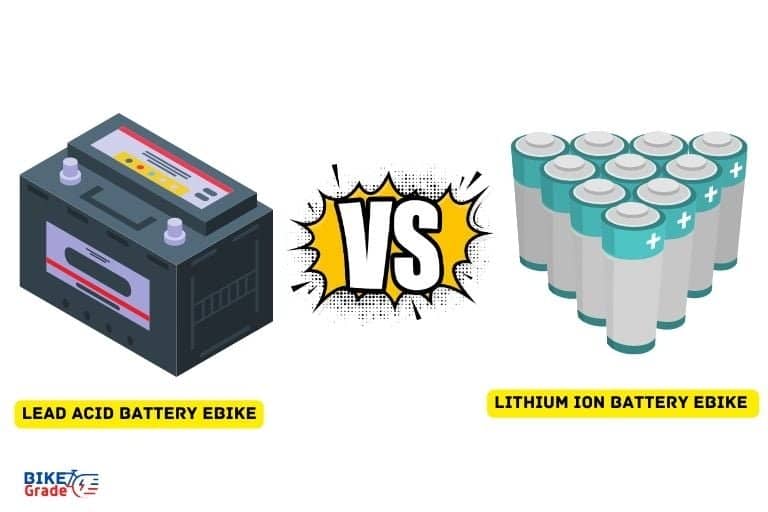
Cost:
A lead acid battery system may be hundreds or thousands of dollars less expensive than a comparable lithium-ion battery.

Lithium-ion batteries now range in price from $5,000 to $15,000, including installation, and this range might vary according to the size of the system required.
Associated Costs:
Lead acid batteries often have cheaper purchase and installation expenses than lithium-ion batteries.
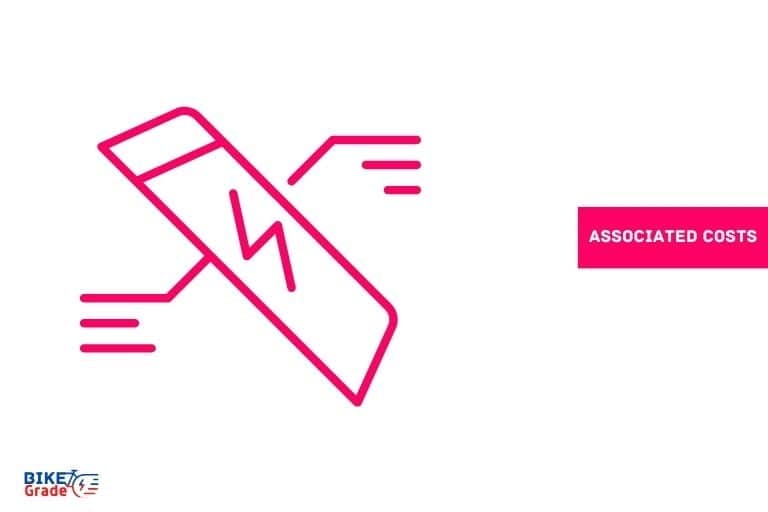
Lithium-ion batteries have greater cost components; however, the lifetime value of a lithium-ion battery offsets the scales.
Recent research conducted on electric bikes has proven that lithium-ion batteries last up to 45% longer than comparably rated lead-acid batteries.
Research Data Collected by bikegrade
Energy Density:
The energy density of lead-acid batteries is much lower than that of lithium-ion batteries. The energy density of lithium-ion batteries is substantially higher than that of lead-acid batteries.

A lithium-ion battery can store more energy by utilizing the same physical space. Simultaneously, it can discharge more energy, allowing you to power for longer periods.
The Capacity Of Discharge:
Lead acid batteries must not be discharged beyond around 50%, as this reduces the battery’s lifespan.
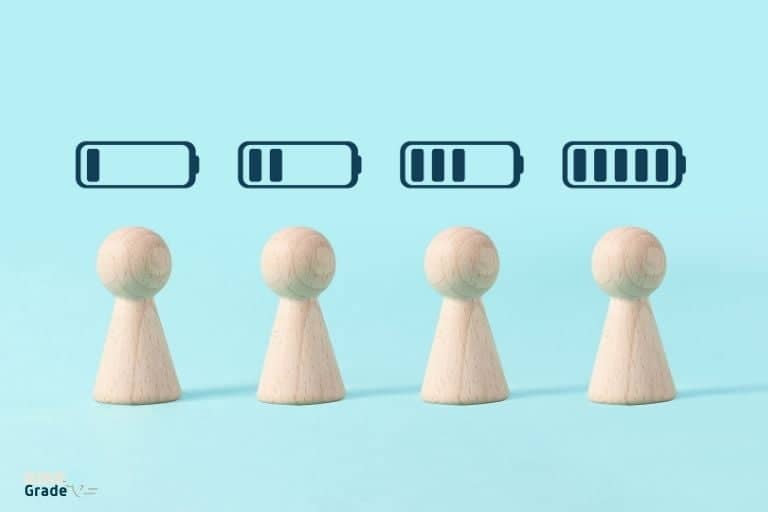
It is usual to utilize 85 %or more of the overall capacity of a lithium-ion battery in a single cycle. As a result, lithium-ion batteries have a better effective capacity than lead-acid batteries.
Efficiency:
Lead acid batteries have efficiencies that range between 80 and 85 %. These batteries charge slowly and have a lower effective battery capacity.
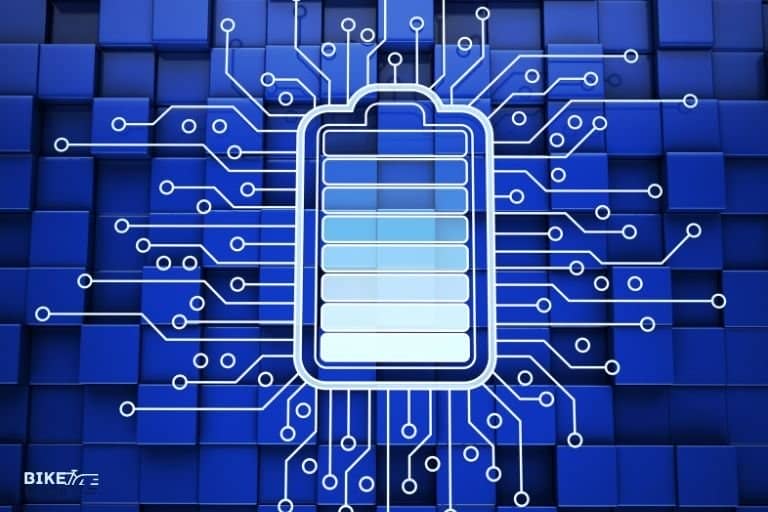
Most lithium-ion batteries are 95 % efficient or higher, meaning that 95 % or more of the energy collected in a lithium-ion battery may be utilized. These batteries charge quickly and have a larger effective capacity.
Applications:

Lead-acid batteries are ideal for large-scale stationary applications with plenty of space and low energy requirements. In terms of cost and size, lithium-ion batteries may be the ideal option for your E-Bike.
Environment-Friendly:
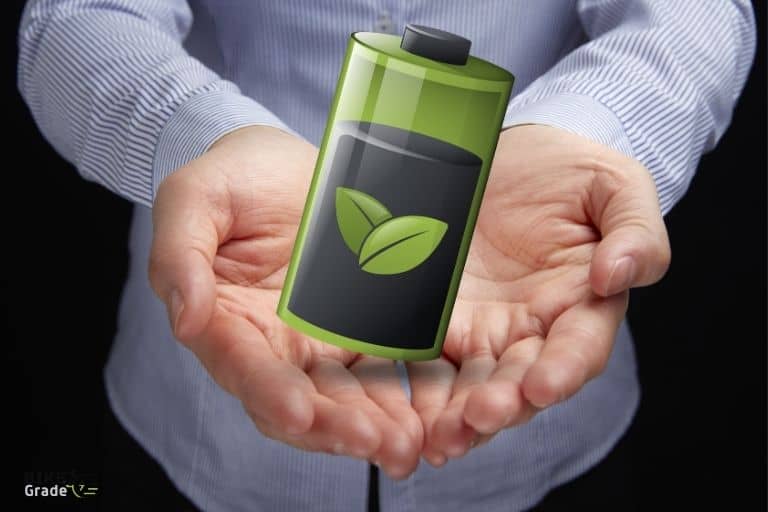
Lead is a carcinogenic and environmentally hazardous substance. Even lead-acid batteries contain hazardous compounds like sulphuric acid. Lithium-ion batteries are more environmentally friendly since lithium is a non-hazardous substance.
Which Battery Is Best For E-Bikes?
For e-bikes, lithium-ion (Li-ion) batteries are the best and finest selection. Though lead-acid batteries remain substantially less expensive, they are three times heavier than lithium-ion batteries.
Li-ion batteries are preferred due to their lightweight and suitability for long-distance travel. Lithium-ion batteries charge rapidly, stay longer, and offer a better power density for even more battery life in a lighter container than older battery technology.
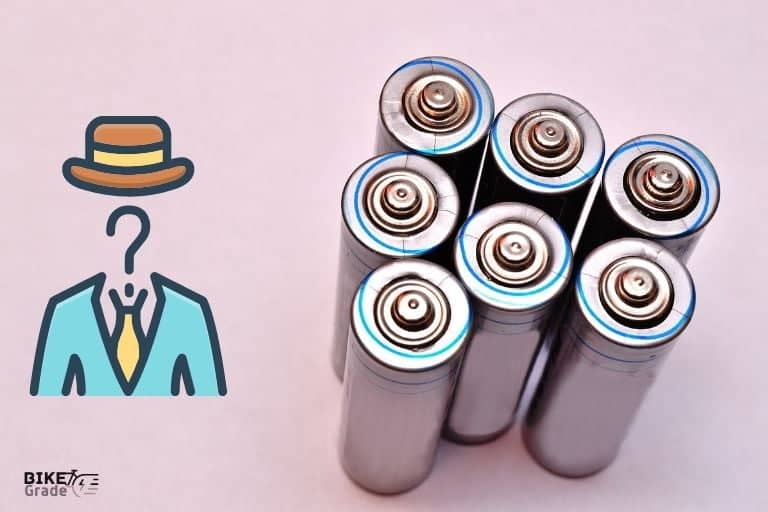
There are various cell chemistry options for lithium-ion batteries, including Nickel Manganese Cobalt (NMC), Lithium Manganese Oxide (LMO), Lithium Nickel-Cobalt-Aluminium Oxide (NCA), Lithium Cobalt Oxide (LCO), Lithium Iron Phosphate (LFP), and Lithium Titanate Oxide (LTO).
However, the five most critical variables to consider when picking cell chemistry are specific energy, cost, life duration, power, and safety.
What Is The Lifespan Of An E-Bike Battery?
You may expect a battery to last between 3 and 5 years if properly maintained. Even when the e-bike is not used, the lithium battery on the e-bike will gradually lose capacity and tend to discharge.
Self-discharging is the term used to describe this occurrence. In the process of self-discharging, the internal processes in a battery tend to decrease the energy stored without even any connection to an external circuit.
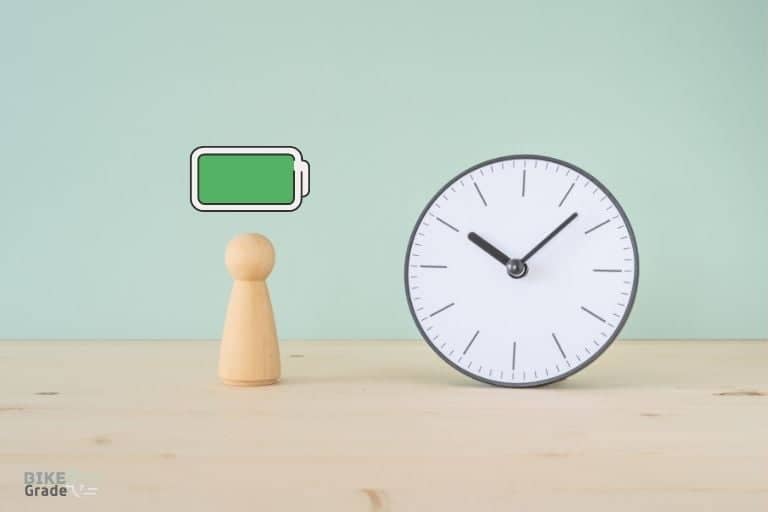
Similarly, the lithium battery on the e-bike loses the energy stored in it owing to internal behavior even when the linked e-bike does not require any energy or is not being used.
Excessive self-discharging can potentially cause irreversible harm to your e-bike’s battery. Hence active utilization is recommended.
“The future of e-bikes is predominately headed toward lithium-ion battery technology, based on its superior performance.”
bikegrade
watch Video: Lithium Ion VS Lead acid battery!
How Many Years Should An Ebike Battery Last?
Generally, a high-quality eBike battery may last between 3 and 5 years. Of course, this depends on various factors, including the type of battery, and how well you maintain it.
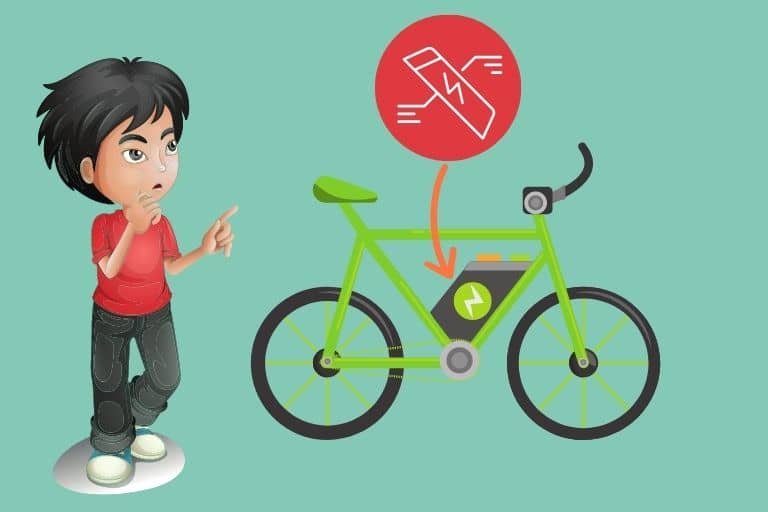
The major factors recommended for prolonging the e-bike’s battery life include the following:
Lithium batteries are the most prevalent battery in electric bikes nowadays.
Advantages of lithium batteries
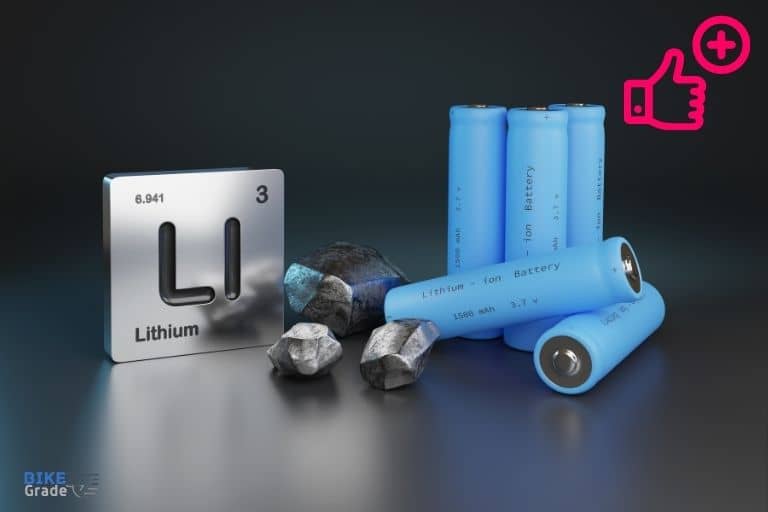
Disadvantages of lithium e-bike batteries

Advantages of lead acid batteries for e-bikes
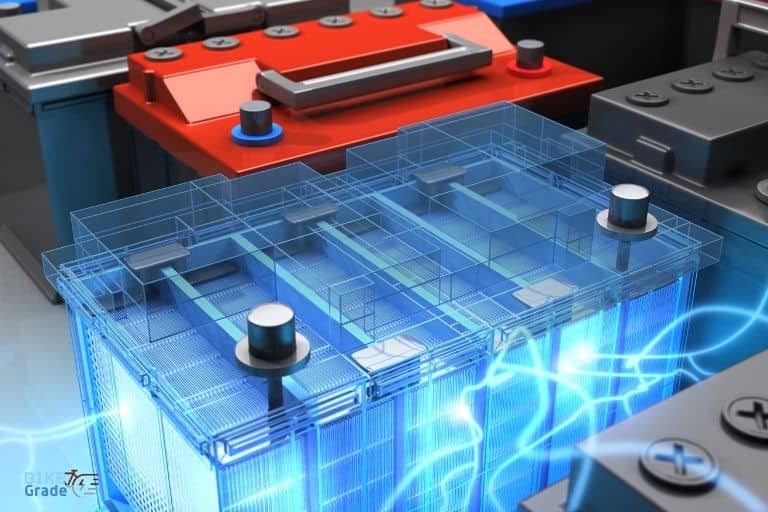
Disadvantages of lead acid batteries for e-bikes

FAQ
Is the lead acid battery good for eBike?
Are lead-acid batteries maintenance-free?
Which eBike battery lasts the longest?
Conclusion
Which is better, a lead-acid battery or a lithium-ion battery? In most circumstances, lithium-ion battery technology outperforms lead-acid battery technology due to its dependability and efficiency, among other benefits.
If e-bikes aren’t utilized regularly, the less expensive, lead-acid battery choices may be preferred. According to recent research, lithium-ion batteries live 45% longer than comparably rated lead-acid batteries in electric bikes.
Therefore, utilizing lithium-ion batteries on your e-bikes adds to having a greater energy density.






